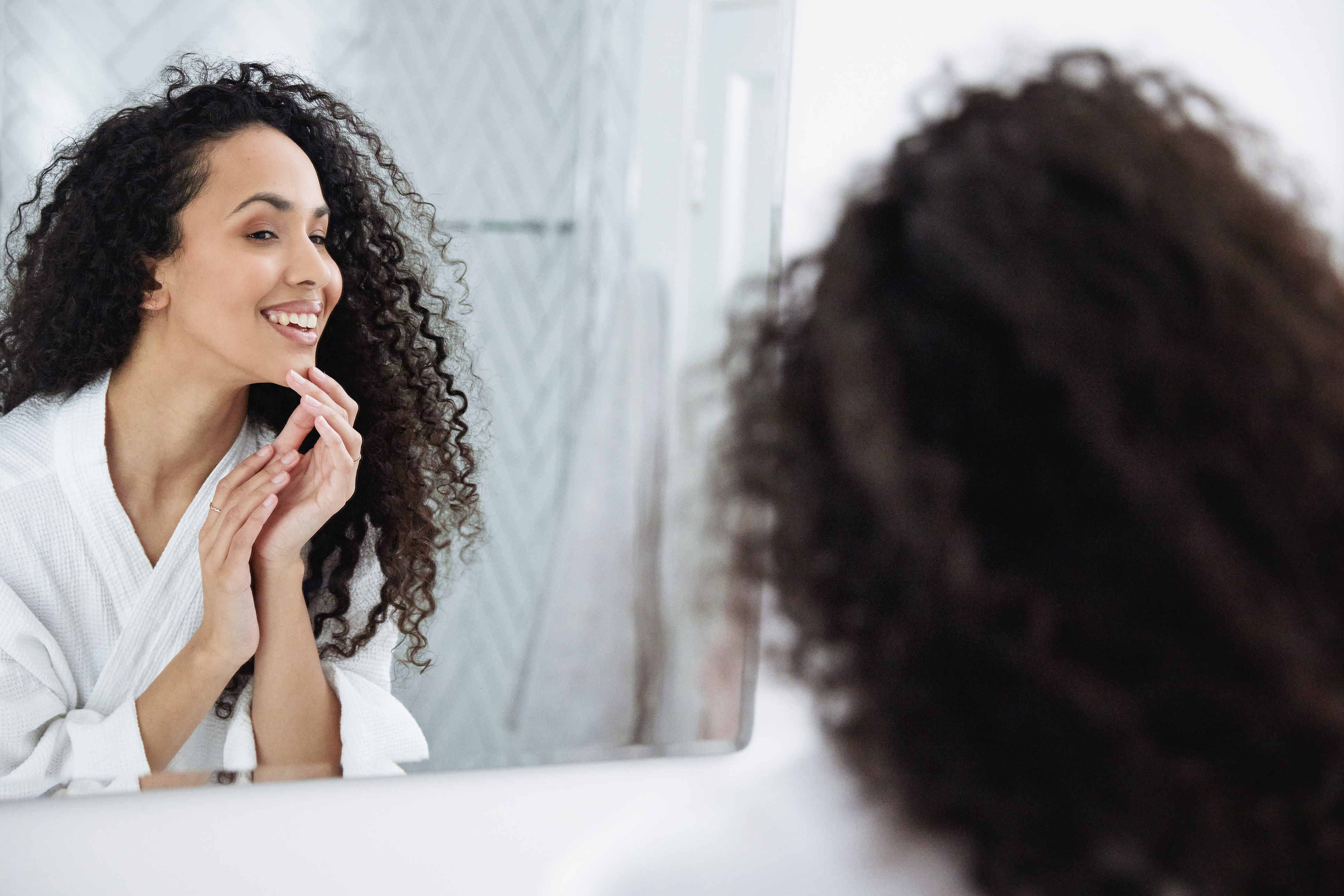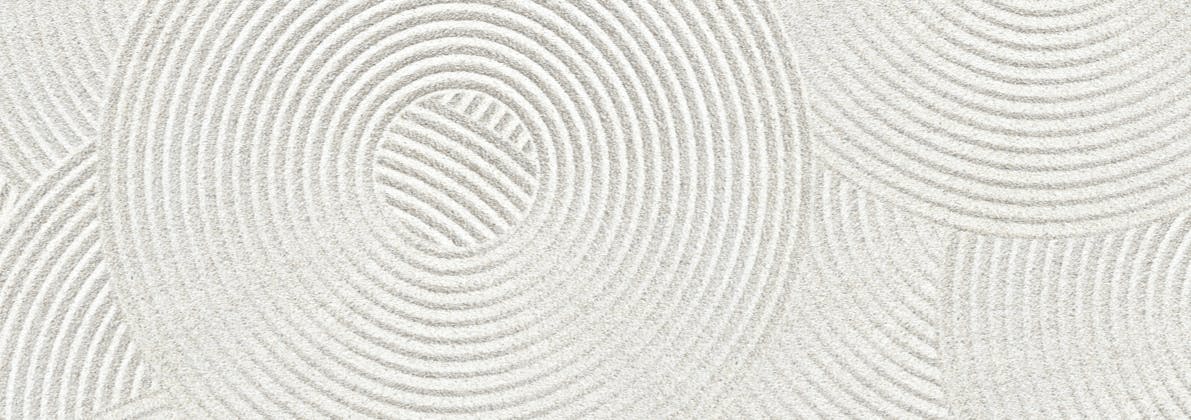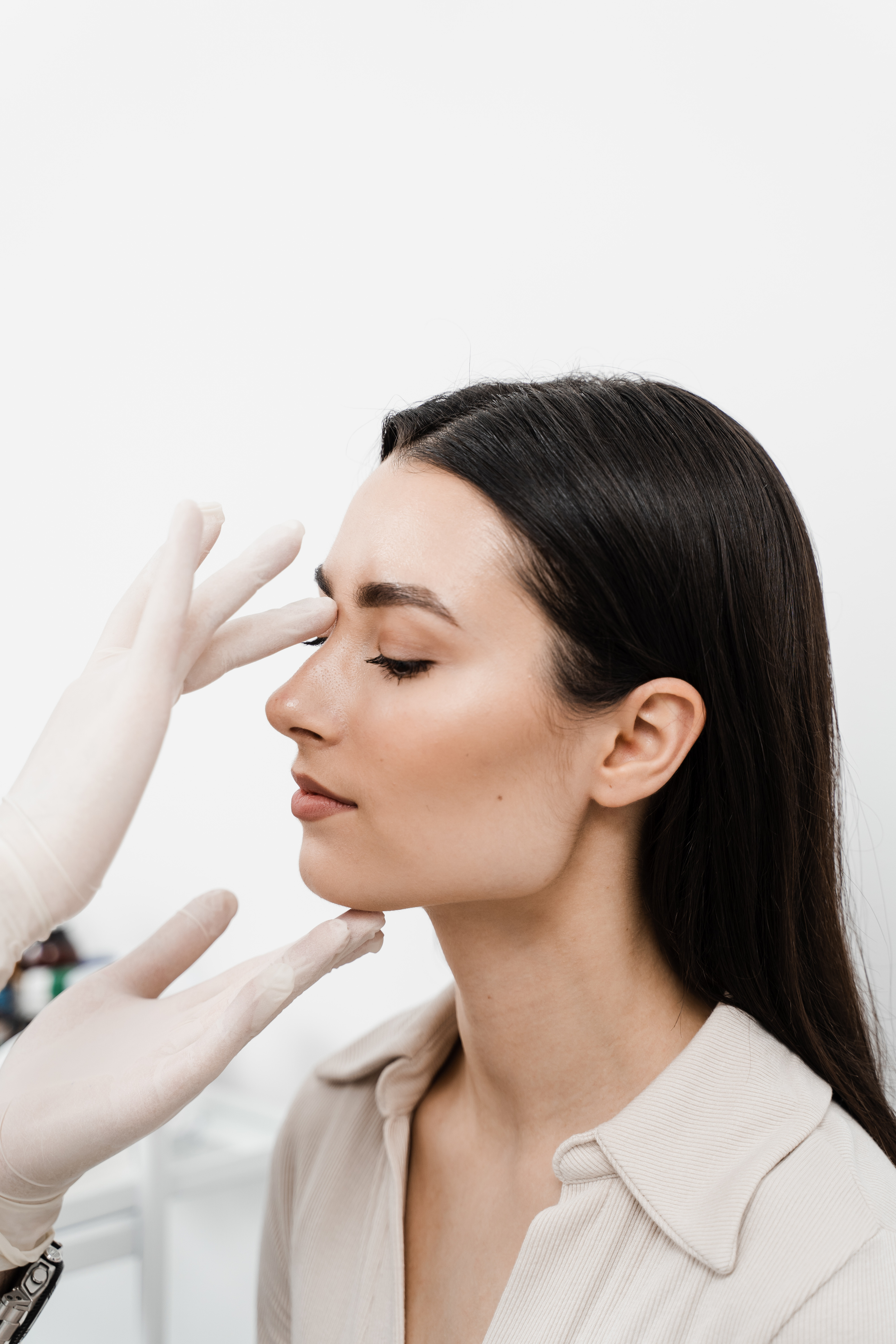
Rhinoplasty, commonly known as a nose job, is a popular cosmetic surgery aimed at improving the appearance and function of the nose. Whether you’re considering rhinoplasty for aesthetic reasons, to correct a breathing issue, or both, understanding the recovery process is crucial for achieving the best possible results. Here, we’ll guide you through what to expect in the first month after rhinoplasty surgery, providing detailed insights and tips to help you navigate each stage of recovery.
Week 1: Immediate Post-Surgery Care
Day 1:
The Surgery and Initial Recovery: On the day of your surgery, you’ll be under general anesthesia, so you won’t feel any pain during the procedure. Once the surgery is complete, you’ll spend some time in a recovery room where medical staff will monitor you as you wake up from the anesthesia. You might feel groggy, and some patients experience mild nausea.
Nasal Splint and Packing: Your nose will be protected with a splint to maintain its new shape and support the healing tissues. Some surgeons also use nasal packing to control bleeding and provide additional support. The packing can make breathing through your nose difficult, so you’ll need to breathe through your mouth initially.
Swelling and Bruising: Swelling and bruising around the eyes and nose are expected and will peak within the first 48 hours. Keeping your head elevated, even while sleeping, can help reduce swelling. Applying cold compresses gently to the swollen areas can also provide relief, but avoid placing ice directly on your nose.
Pain Management: Your surgeon will prescribe pain medications to manage discomfort. It’s essential to take these as directed to stay ahead of the pain. Over-the-counter pain relievers like acetaminophen can also be helpful, but avoid medications like ibuprofen or aspirin as they can increase the risk of bleeding.
Activity Restrictions: Rest is crucial during the first few days. Avoid any strenuous activities, bending over, or heavy lifting. Gentle movements are fine, but excessive activity can increase swelling and risk complications.
Days 2-7:
Managing Early Recovery/Follow-Up Appointment: You’ll have a follow-up appointment with your surgeon a few days after the surgery. During this visit, the surgeon will check your progress, remove any nasal packing, and address any concerns you might have. The splint will remain in place for the first week.
Continued Swelling and Bruising: Swelling and bruising will remain pronounced during the first week. It’s normal to feel self-conscious about your appearance, but remember that this is a temporary phase of the healing process.
Nasal Congestion and Drainage: It’s common to experience nasal congestion and mild drainage as your nose begins to heal. Avoid blowing your nose, as this can disrupt the healing process. Instead, use a saline nasal spray as recommended by your surgeon to keep your nasal passages moist and clear.
Diet and Hydration: Staying hydrated and maintaining a healthy diet can support your recovery. Focus on nutrient-rich foods that promote healing, such as fruits, vegetables, lean proteins, and whole grains. Avoid foods high in sodium, as they can contribute to swelling.
Week 2: Gradual Improvement
Splint Removal: At the end of the first week or beginning of the second week, you’ll have another follow-up appointment to remove the nasal splint. This is a significant milestone in your recovery, and you’ll get a glimpse of your new nose for the first time. However, keep in mind that your nose will still be swollen, and the final shape will not yet be apparent.
Reduction in Swelling and Bruising: Swelling and bruising will begin to subside significantly during the second week. You may still have some residual swelling, particularly in the tip of your nose, but you’ll start to see a noticeable improvement.
Returning to Daily Activities: By the second week, many patients feel well enough to return to work and resume light daily activities. It’s important to avoid strenuous activities, heavy lifting, and contact sports for several more weeks to ensure proper healing.
Incision Care: If your rhinoplasty involved external incisions, proper care is essential to prevent infection and minimize scarring. Follow your surgeon’s instructions for cleaning the incisions and applying any prescribed ointments.

Weeks 3-4: Continuing Recovery and Adjustment
Ongoing Swelling and Sensitivity: Swelling will continue to decrease, but it’s not uncommon for some swelling to persist, especially in the tip of the nose. This residual swelling can take several months to fully resolve. Your nose may also feel sensitive or numb in certain areas, which is a normal part of the healing process.
Gradual Return to Exercise: By the third week, you can gradually start reintroducing light exercise, such as walking or gentle stretching. Avoid any activities that could risk injury to your nose, such as contact sports or intense workouts. Always consult with your surgeon before resuming any new activities.
Emotional Adjustment: Adjusting to your new appearance can be an emotional process. It’s normal to have mixed feelings as you get used to the changes. Give yourself time to adapt and remember that the final results will become more apparent as the swelling continues to subside.
Skincare and Sun Protection: Protecting your nose from the sun is crucial during the healing process. Direct sun exposure can cause swelling and affect the appearance of your scars. Use a broad-spectrum sunscreen and consider wearing a wide-brimmed hat when spending time outdoors.
Long-Term Considerations and Final Results
Patience and Realistic Expectations: While you’ll see significant improvements in the first month, it’s important to have realistic expectations about the recovery timeline. It can take up to a year for all the swelling to resolve and for your nose to fully settle into its new shape. Patience is key to appreciating the final results of your rhinoplasty.
Regular Follow-Up Visits: Regular follow-up visits with your surgeon are essential to monitor your progress and address any concerns. Your surgeon will guide you through each stage of recovery and provide personalized advice to ensure the best outcome.
Maintaining a Healthy Lifestyle: Adopting a healthy lifestyle can support your recovery and enhance the long-term results of your rhinoplasty. Regular exercise, a balanced diet, adequate sleep, and avoiding smoking and excessive alcohol consumption will contribute to your overall well-being and the longevity of your surgical outcomes.
Tips for a Smooth Recovery
Follow Your Surgeon’s Instructions: The most critical factor in a smooth recovery is following your surgeon’s post-operative instructions. These guidelines are tailored to your specific surgery and individual needs, ensuring the best possible outcome.
Stay Hydrated: Hydration plays a key role in the healing process. Drink plenty of water to keep your body hydrated and support tissue repair.
Sleep with Your Head Elevated: Continuing to sleep with your head elevated can help reduce swelling and promote drainage of any residual fluid.
Avoid Smoking and Alcohol: Smoking and alcohol can impede the healing process and increase the risk of complications. Avoid these substances for at least a few weeks before and after surgery.
Be Patient: Recovery from rhinoplasty takes time. It’s essential to be patient and give your body the time it needs to heal properly. Rushing the recovery process can lead to complications and suboptimal results.
Communicate with Your Surgeon: Keep an open line of communication with your surgeon throughout your recovery. If you experience any unusual symptoms, such as excessive swelling, severe pain, or signs of infection, contact your surgeon immediately.

Emotional and Psychological Aspects
Managing Expectations: It’s normal to experience a range of emotions during the recovery process. Initially, the swelling and bruising might make you feel self-conscious or anxious about your appearance. Remember that these changes are temporary, and the final results will be worth the wait.
Support System: Having a support system in place can make a significant difference in your recovery experience. Lean on family and friends for emotional support and assistance with daily tasks.
Self-Care and Pampering: Take this time to focus on self-care and pampering. Engaging in activities that make you feel relaxed and happy can positively impact your recovery. Consider reading a good book, watching your favorite movies, or practicing gentle meditation.
The first month after rhinoplasty surgery is a critical period of recovery and adjustment. While the initial weeks can be challenging, understanding what to expect and following your surgeon’s instructions will help ensure a smooth and successful recovery. Be patient with the process, take care of yourself, and look forward to the renewed confidence and improved appearance that rhinoplasty can provide. With time and proper care, you’ll be able to enjoy the full benefits of your transformative surgery.



